Electrical inspectors who are not yet aware of a recent update to the UL 48 rules that took effect on July 1, 2024 may incorrectly fail inspections for channel-letter signs with compliant UL labels.
More AHJs (“Authorities Having Jurisdiction,” aka electrical inspectors) will learn about the changes to the UL 48 standard over the next few months. In October, UL’s
Code Authority Newsletter will explain this change to a wide audience of electrical inspectors. And International Association of Electrical Inspectors (IAEI) section meetings will discuss further this section sign labeling issue from September-October. ISA also will be discussing this issue at the IAEI Southern Section meeting in Mobile, AL from October 6-9.
In the meantime, ISA has prepared the following information to help prepare and educate your employees to communicate about this issue with your local AHJs.
How did the UL 48 rules change?
In 2023, the UL 48 Technical Committee approved 25 changes to the UL 48 Standard for Electric Signs. Most of the changes were minor, but one change (in Section 2.65) modified the definition of “Section Sign” and the way that channel letter signs are UL labeled.
A “Section Sign” is now defined as
“A sign shipped as subassemblies that requires other than Class 2 field-wiring between the subassemblies to complete the overall sign.” (Note: Text underlined in red changed in the update. The current UL 48 Standard is available to all through the
free “Digital View” option on UL’s website.)
In the rationale submitted along with the proposal, UL staff noted that:
“Section signs are historically associated with multi-part signs where each part contains electrical hazards that must be properly addressed. Those hazards do not exist in a multi-part sign where all hazardous energy is contained within only one part. This proposal seeks to unburden class 2 power (only) sign housings from nonvalue-added labeling otherwise needed for signs powered by the mains.”
With the change to the definition, UL informed UXYT subscribers, which include many electric sign manufacturers, that there is a “
revised distinction between single signs and section signs…which has an impact on which UL Mark to apply.”
What does this mean?
Previously, UL rules stated that each section of a channel letter sign must be marked with a label. Each listing mark indicated that a piece of the Section Sign would be labeled: section 1 of 10, 2 of 10, 3 of 10, and so on. Every piece of the sign was labeled as it left the factory. Upon field assembly and installation, that sign might have 9 or 10 labels visible, with one on every letter.
The new UL rules say that this same sign could be labeled as a UL “Electric Sign” with the mark placed on the raceway or enclosure that contains the power supply. The individual letters (field-wired with only Class 2 wiring) are considered part of a single multi-housing sign.
This means the individual letters are not required to labeled separately with the “UL Electric Sign Section” listing mark that was previously visible on channel letters.
To many AHJs, the absence of the visible UL mark on each channel letter is an indication that the sign being inspected is not UL approved. But that could be incorrect, since the UL 48 FUII (“Follow-Up Inspection Instructions”) changed the marking requirements for section signs with an effective date of July 1, 2024.
In some cases, channel letter signs inspected after July 1 are being evaluated and inspected based on the previous UL 48 rules, which is causing correctly labeled signs to fail inspection.
What can I do if my compliant label does not pass UL inspection?
It may take time for more AHJs to fully understand this change. In the meantime, if you need help demonstrating that your sign labeling is UL compliant, you can provide your AHJ with a copy of this ISA member alert or suggest that your AHJ checks with their UL contacts to verify the information that ISA has provided.
For additional guidance or for future technical codes & standards assistance, contact ISA’s Kenny Peskin at
Kenneth.Peskin@signs.org.






